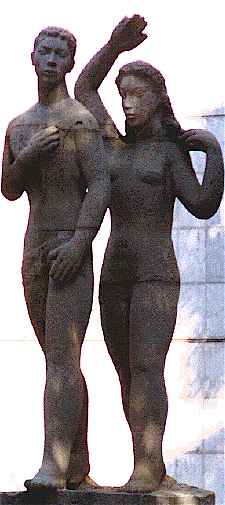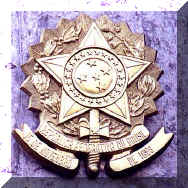
The Brazilian fact-finding mission
 |
|
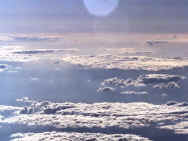 |
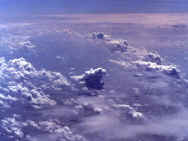 |
 |
The curvature of the Earth is visible on the Horizon. |
Majestic clouds reach like fingers into heaven. |
Further into the heart of the south-american continent the cloud cover briefly intensified. |
 |
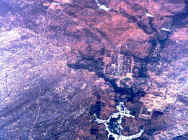 |
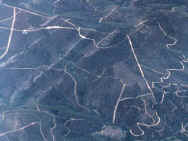 |
Brazil harbors the largest region of untouched jungle on Earth. The Rain Forest is the Planets weather machine, affecting the climate of the whole planet. |
First view of a human settle- ment. From this altitude it can't be determined how much of the soil erosion is caused by tree logging, although not many trees are visible here... |
These lines are logging roads eating into the virgin rain forest. When the cover of vegetation is removed the typical red top soil seen on the right is revealed. The treelessness is spreading. |
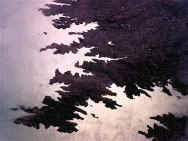 |
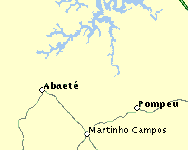 |
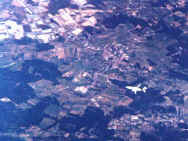 |
Brazil has
large river systems. After deforestation the rivers |
Map detail of the River system shown on the left (by Mapquest) |
View from the
transport vehicle in Near Earth Orbit: Approach |
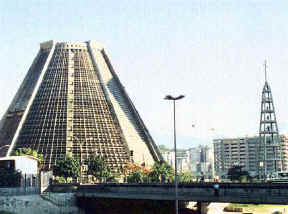
Spiritual Meeting Place in Rio
(Metropolitan Church)

Inhabitants of the Brazilian megalopolises
need to work hard to survive. They catch up on
needed rest periods whilst in transit to their
homes.
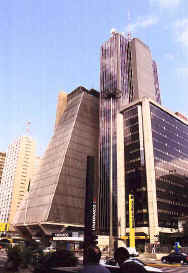
A small portion of this building in
Sao Paulo is devoted to house the
municipal library.
The Brazilian Flag shows the constellation of stars over Rio de Janeiro
on the day of Brazil's Independence from Portugal, each Republic being
represented by a star. The motto reads: "Order and Progress".
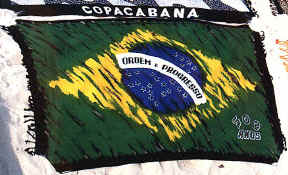
![]() (play National
Anthem of Brazil)
(play National
Anthem of Brazil)
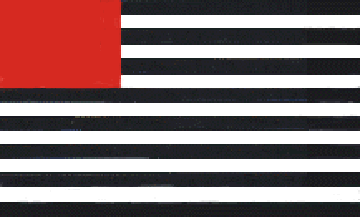
The flag of the state Sao Paolo
came from the republican proposal of 1888-07-16, of the journal "O Rebate" of
Julio Ribeiro.
The initial design consisted of fifteen alternate stripes, eight
black and seven white, with a red rectangle in the canton,
symbolizing the racial fusion of the three races. Afterwards the
number of stripes was reduced to thirteen,
and in the red rectangle appeared the map of Brazil and four stars.
Jaume Ollé - 2 July 1996

Brazilians at play on Copacabana
beach
